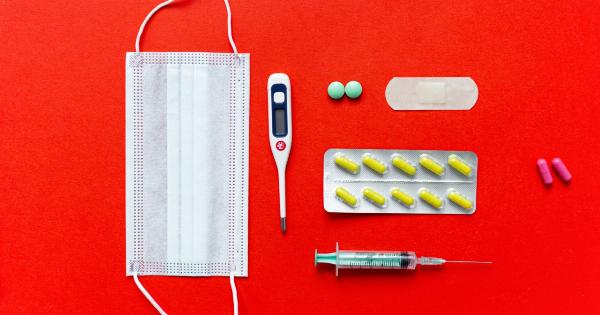Lymphedema is a chronic condition that occurs when the lymphatic system is damaged or blocked, resulting in the buildup of lymphatic fluid. This can cause swelling, discomfort, and in severe cases, skin changes, infection, and mobility issues.
The lymphatic system plays a critical role in maintaining the body’s immune system and fluid balance, so when it is compromised, it can have far-reaching effects on a person’s health.
Causes of Lymphedema
Lymphedema can be divided into two types: primary and secondary. Primary lymphedema is a rare genetic disorder that affects the development of the lymphatic system.
This type of lymphedema usually occurs in childhood or adolescence, although it can sometimes develop later in life. Secondary lymphedema is more common and is caused by damage to the lymphatic system, often as a result of cancer treatment, surgery, infections, or injury.
Cancer Treatment
Cancer treatments that involve lymph node removal or radiation therapy to the lymphatic system can cause secondary lymphedema.
These treatments can damage or block the lymphatic vessels, preventing the flow of lymphatic fluid and causing swelling in the affected area. Breast cancer and prostate cancer are the most common types of cancer associated with lymphedema, but it can also occur in other cancers, such as melanoma, bladder cancer, and lymphoma.
Surgery
Surgery can also damage the lymphatic system, particularly if lymph nodes are removed during the procedure.
This is sometimes necessary in surgery for cancer, but it can also occur in other procedures, such as mastectomy, hernia repair, or cosmetic surgery. The removal of lymph nodes can affect the ability of the lymphatic system to transport fluid, causing swelling and discomfort in the affected area.
Infection
Infection can also damage the lymphatic system, particularly if it is chronic or recurring.
Infections such as cellulitis or lymphangitis can cause inflammation and scarring in the lymphatic vessels, which can impede the flow of lymphatic fluid and lead to swelling and discomfort. Lymphedema caused by infection is often referred to as lymphangitis.
Injury
Injury to the lymphatic system, such as trauma or burns, can cause scarring or blockages in the lymphatic vessels, leading to lymphedema. This type of lymphedema is less common than other forms but can be particularly challenging to treat.
Management of Lymphedema
While there is no cure for lymphedema, there are a range of treatments that can help to manage the symptoms and prevent the condition from worsening. The most effective treatments combine physical therapy, compression therapy, and skincare.
Physical Therapy
Physical therapy or lymphedema therapy is a critical component of lymphedema management. These therapies involve targeted exercises and movements to stimulate the flow of lymphatic fluid, reduce swelling, and improve mobility.
Manual lymphatic drainage (MLD) is a technique used in physical therapy that involves gentle massage of the lymphatic vessels to encourage fluid movement. Other physical therapy techniques include exercise, compression, and elevation.
Compression Therapy
Compression therapy involves the use of specialized garments or bandages to compress the affected area, improve lymphatic flow, and prevent fluid buildup. The use of compression sleeves, stockings, or bandages can help to reduce swelling and discomfort.
The compression garment should be worn during the day and removed at night.
Skincare
People with lymphedema are more susceptible to infections and skin changes, such as dryness, cracking, and peeling. It is crucial to maintain excellent skincare practices to prevent skin damage and infection.
Skincare involves keeping the skin clean, moisturized, and avoiding exposure to extreme temperatures or chemicals.
Diet and Exercise
While there is no special diet for lymphedema, maintaining a healthy weight can help to reduce the strain on the lymphatic system.
In addition, regular exercise, such as walking, swimming, or cycling, can help to improve lymphatic flow and reduce swelling. It is essential to consult with a physician or physical therapist before starting an exercise program.
Surgery
Surgery may be considered in severe cases of lymphedema that do not respond to conservative treatments.
Surgical options include lymphatic bypass surgery, in which a new pathway is created for the lymphatic fluid to flow, or lymph node transfer, in which healthy lymph nodes are transplanted to replace damaged ones. These surgeries are typically only considered as a last resort when other treatments have failed.
Conclusion
Lymphedema is a chronic condition that can have a significant impact on a person’s quality of life. However, with proper management, it is possible to reduce the symptoms and prevent the condition from worsening.
People with lymphedema should work closely with a medical professional to develop a treatment plan that combines physical therapy, compression therapy, skincare, and, if necessary, surgical options.






























